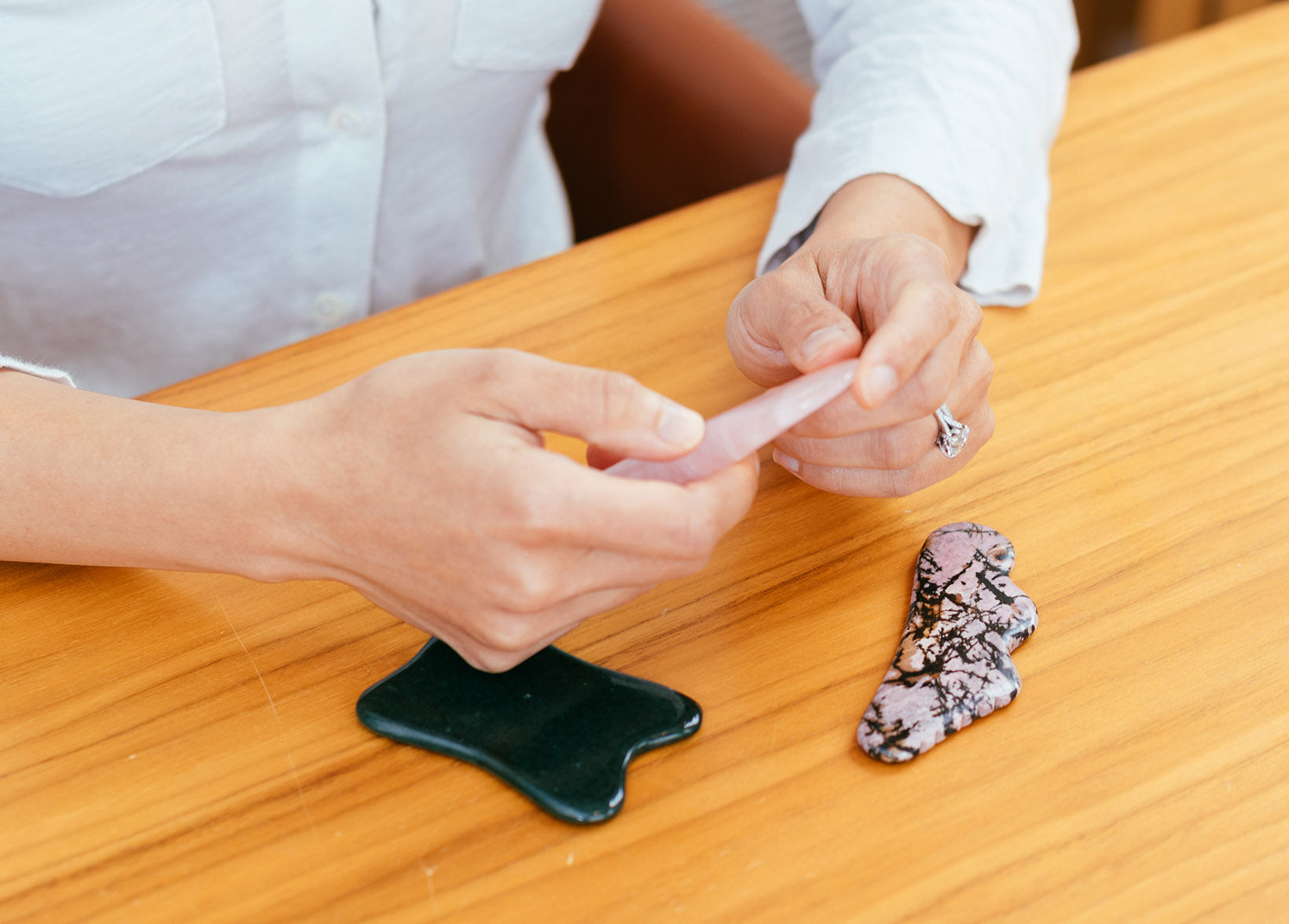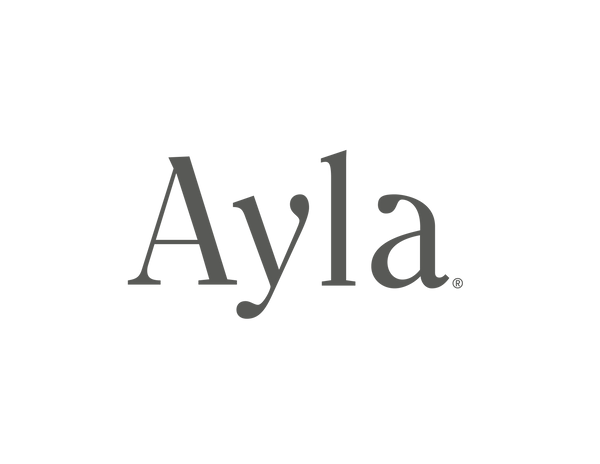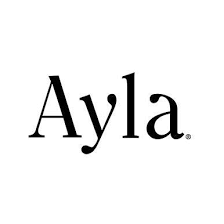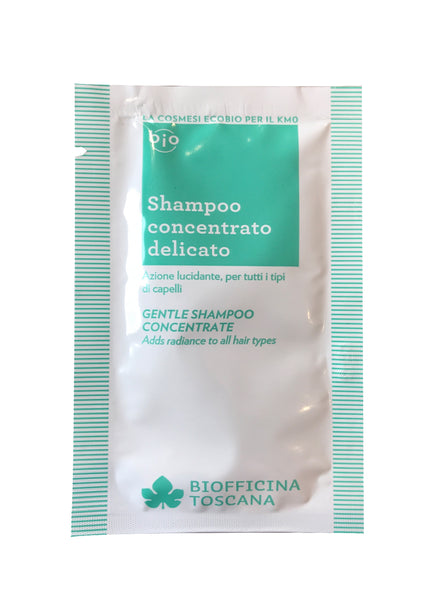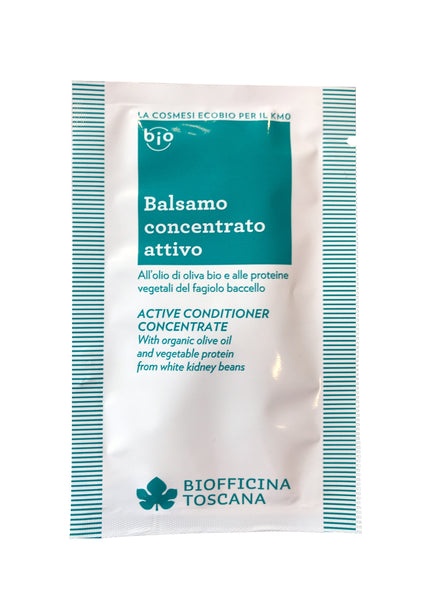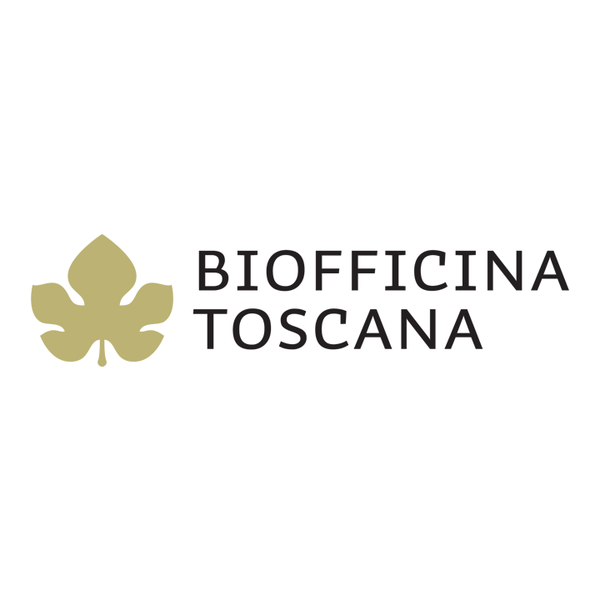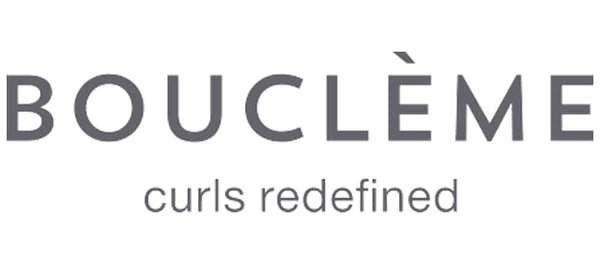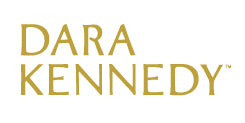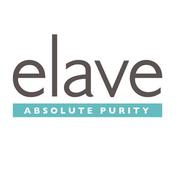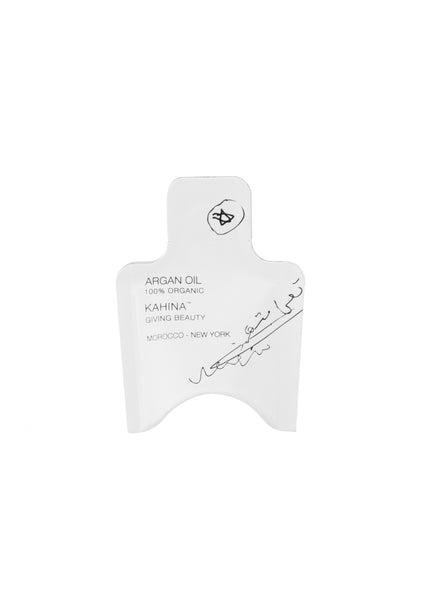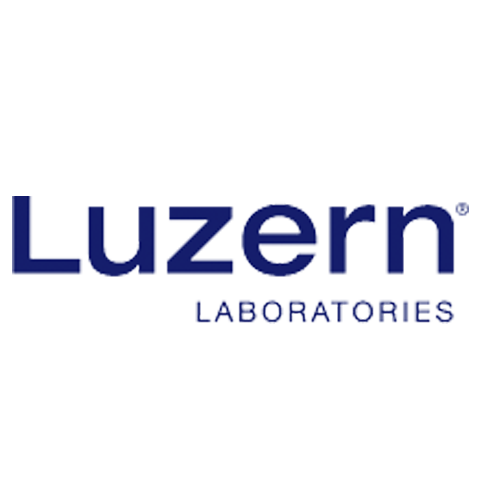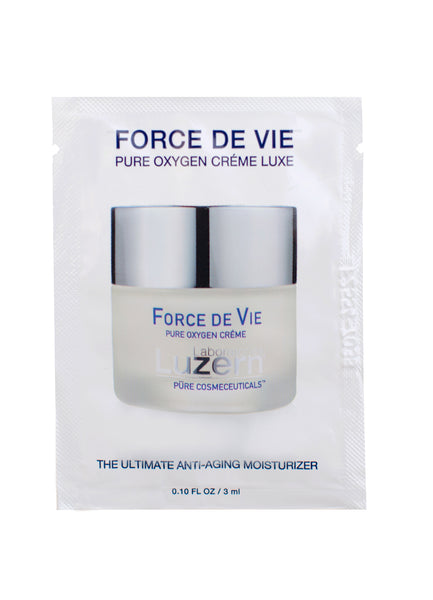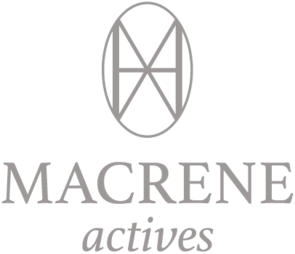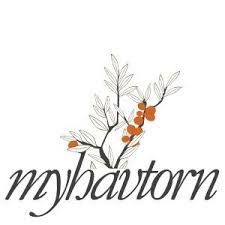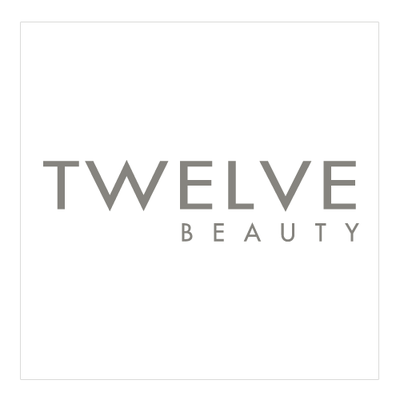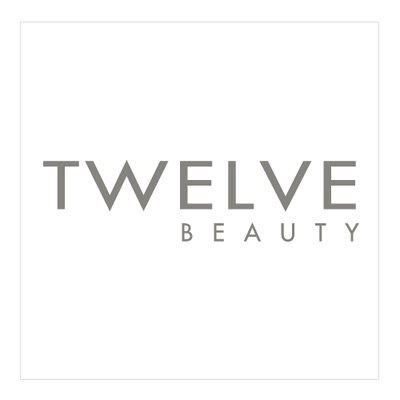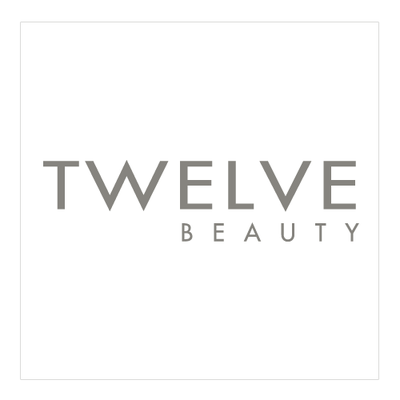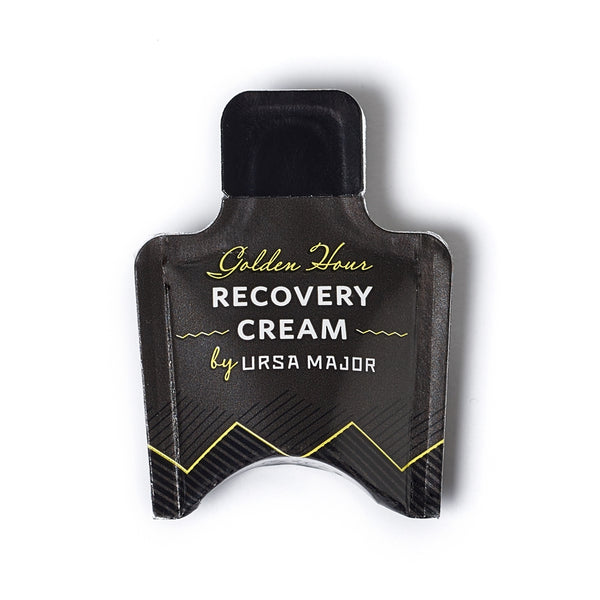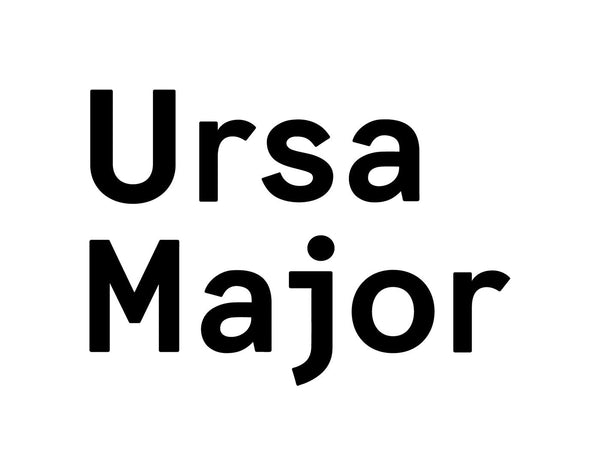Recent Articles
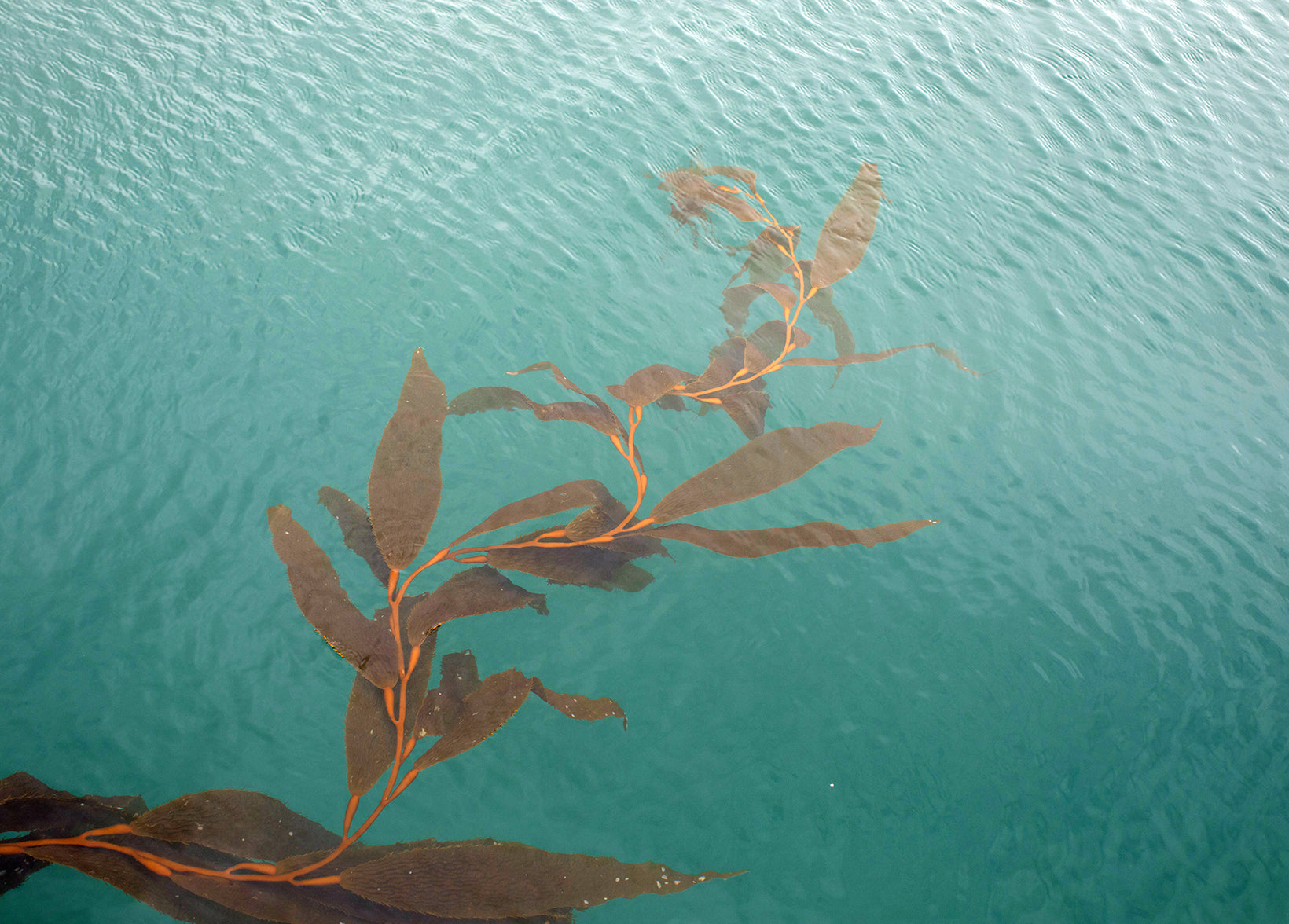
We’re proud to donate 5% of all our Sea Soak sales to Reef Check Foundation, an incredible “citizen science” nonprofit that educates and empowers anyone who’s SCUBA certified to help with marine conservation efforts.
Reef Check has chapters in 40 countries where they specialize in coral reef conservation. In the state of California, Reef Check was instrumental in helping the California Ocean Protection Council to establish Marine Protected Areas; Reef Check also provides them with data on an ongoing basis to monitor the health of those important coastal ecosystems.
We chose Reef Check specifically for this partnership because we know that our donations will have a real impact in ensuring the ongoing health of California’s kelp forests. Recently, we caught up with Tristin McHugh, Reef Check’s North Coast Regional Manager, to get an update on the programs that our Sea Soak helps fund.
**
Ayla: How are our kelp forests looking so far this year?
Tristin: It’s been a cold, productive kelp year. What’s most exciting is that kelp has been growing again in patches where it was barren in previous years, and we have a number of projects in development to ensure we continue that positive trend.
Ayla: That is very exciting! Tell us about these projects.
Tristin: On the central coast of California specifically, we’re working on an urchin removal project that is part of a full-blown kelp forest restoration project. Purple urchins feed on kelp, and there has been an explosion in their population, which has prevented an efficient recovery of the kelp forests. Bull kelp has mainly been the type of kelp affected, especially on the North Coast, but we’ve seen some declines in giant kelp as well on the central coast. So we’re working with commercial urchin divers, coordinating their efforts in a couple of locations to clear the urchin population.
Ayla: What do you do with the urchins once they’re removed?
Tristin: The first thing we do is size them and open them to index their gonads. There’s an opportunity here to learn more about the urchins and their reproductive sources, which is relevant to the long-term resilience of kelp forests. After our investigation is done, the urchins will most likely be used in fertilizer or compost since these specific urchins can’t be eaten. And over time, what we learn will be used to select kelp forest restoration sites that have the best chance of success.
Ayla: Where can our readers go to learn more about these projects and your progress?
Tristin: Here are some good resources –
The Reef Check website is a good place to learn more about our climate change and kelp forest restoration projects, and you can learn how to volunteer.
You can also follow Reef Check and Reef Check California on Instagram.
Sea Grant California’s website has some information here about the kelp forest restoration project as a whole.
Finally, you can watch this CNRA Science TED Talk I put together about the reasons why kelp forests are of such vital importance to our coastal waters:
**
And you can automatically support Reef Check through your whole-body beauty and wellness routine: 5% of every Sea Soak sale is sent to Reef Check to help fund their programs. The Sea Soak is designed to be a profound way to witness the power of individual ingredients in their natural state, at the highest level of quality, and at the peak of freshness; it’s also a love letter to our beautiful state of California and its natural, untouched beauty — and a reminder to us all to protect the Earth’s natural beauty, everywhere.


